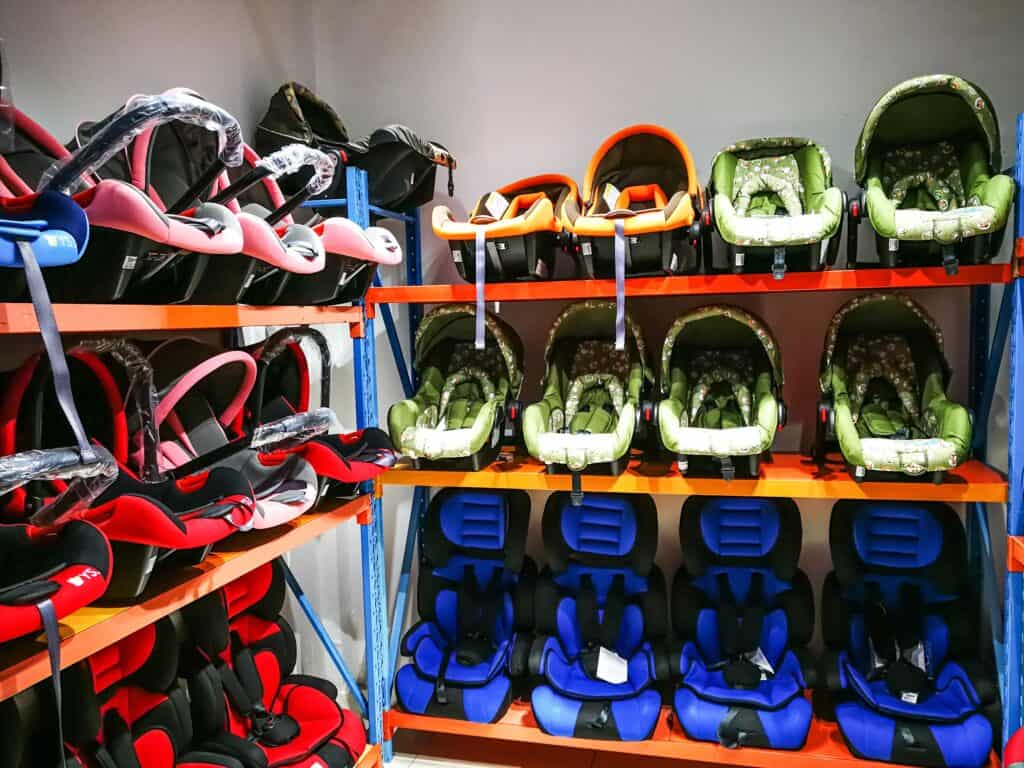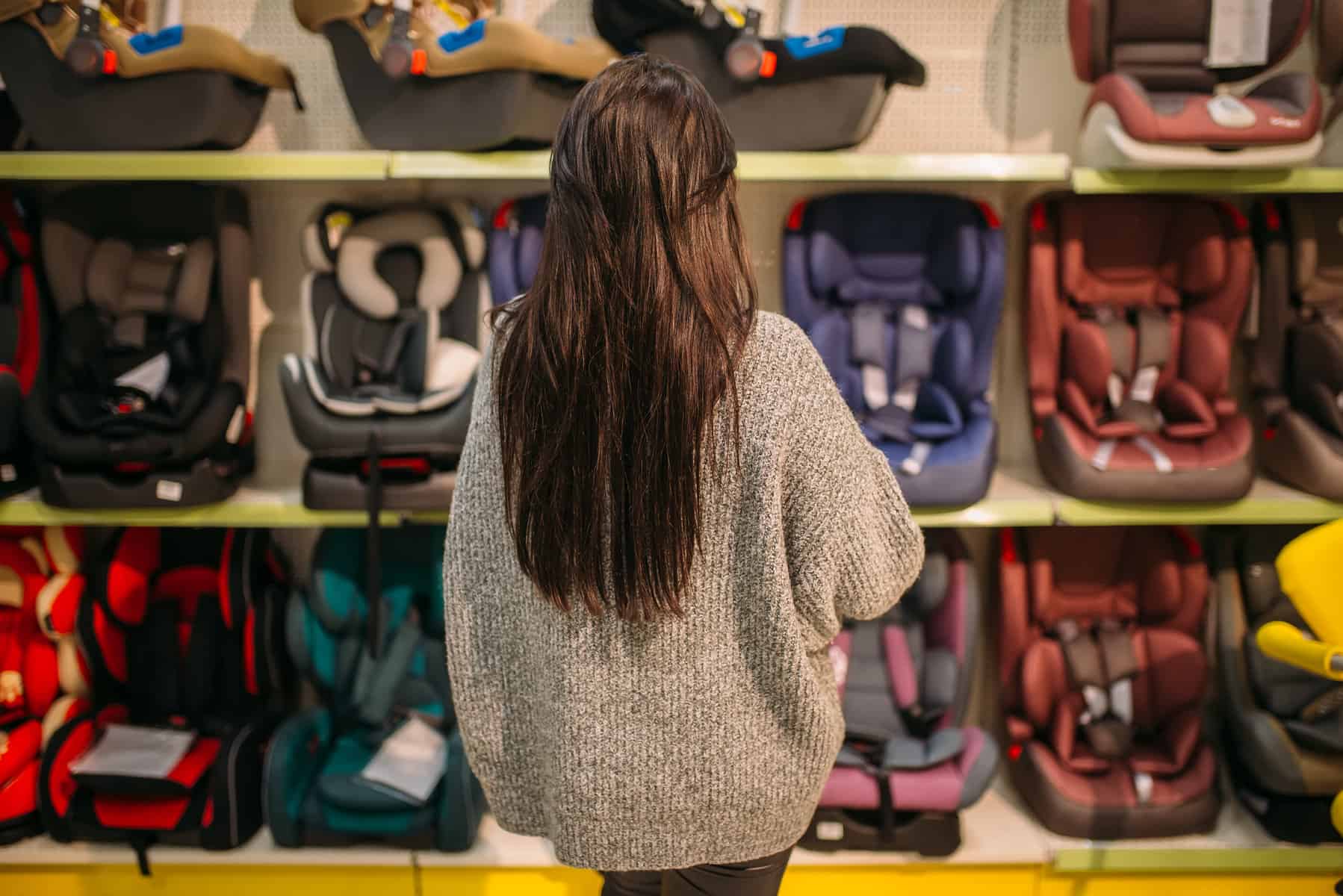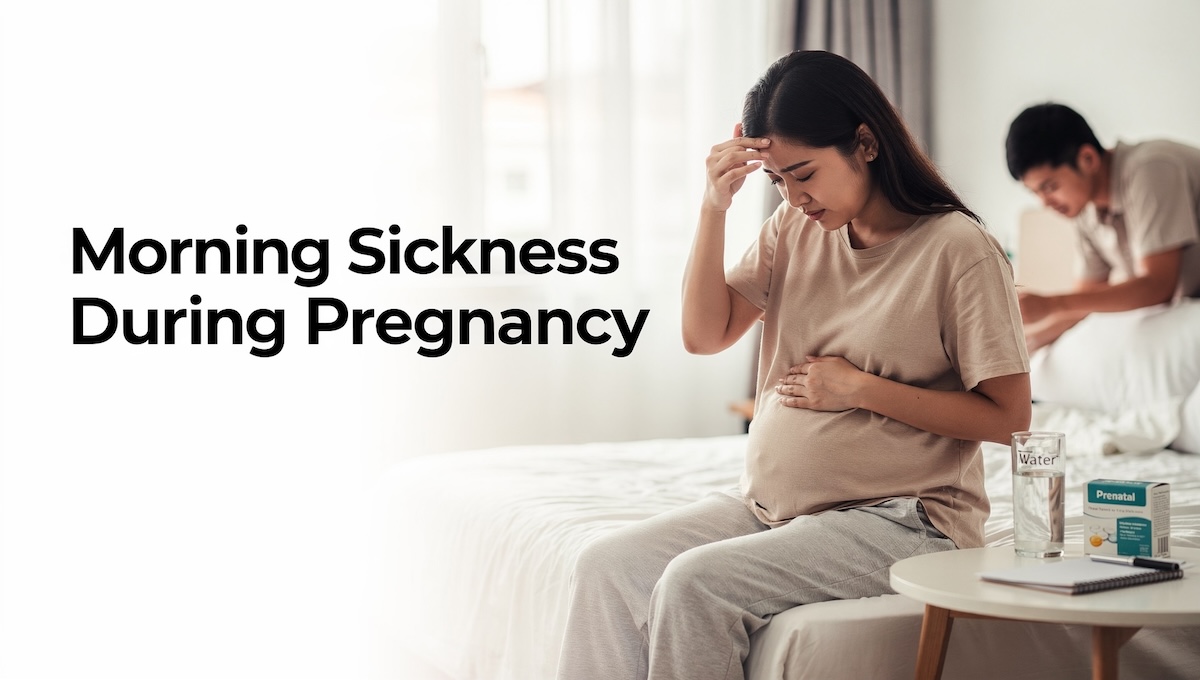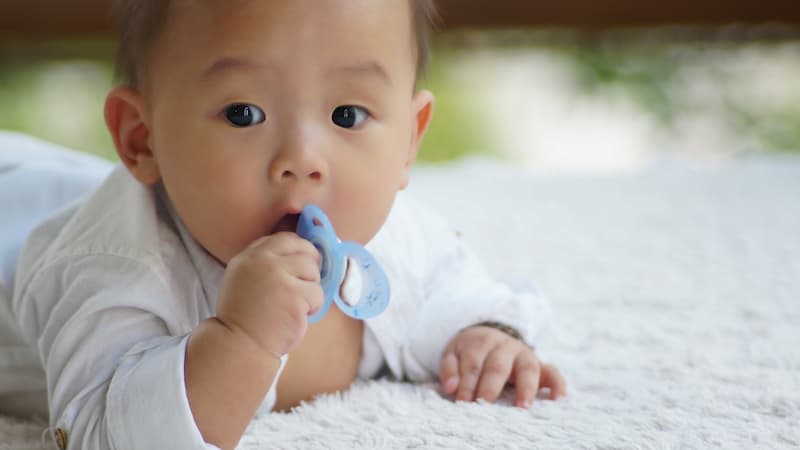Securing your sweetheart’s safety should be simple, shouldn’t it? In this guide, you’ll navigate the nuances of baby car seat shopping.
We’ll walk you through everything from legislation compliance and types of car seats, to safety ratings and sizing.
Whether you’re pondering portability or contemplating between new and secondhand, we’ve got you covered.
Let’s gear up for a journey that ensures your little one’s comfort and safety.
Ready? Buckle up, let’s begin!
Legislation Compliance
When buying a baby car seat, you’ll need to ensure it complies with local legislation for your child’s safety and legal requirements.
In Singapore, to ensure the safety of children, it is mandated that those under 1.35 meters in height, irrespective of age, be securely fastened using an approved child restraint system that is suitable for their specific height and weight. This requirement aims to provide optimal protection and peace of mind for young passengers during their travels.
The baby car seat must be certified to meet the safety standards set by Europe, the United States, Australia, the UK, or Japan. This serves as an assurance that the product has undergone stringent testing and is safe for your child to use.
Under the Road Traffic Act (RTA), drivers and passengers found not using a seatbelt or appropriate restraints could be fined up to $1,000 or jailed for up to three months, or both.
According to the RTA, regular taxis are exempted from the requirement of having child seats. This exemption is based on the practicality of expecting taxis to have child seats at all times. Conversely, private hire cars, which need to be pre-booked, offer passengers the option to request child seats during the booking process. The current approach for taxis and private hire cars strikes a balance between safety and practicality, ensuring the well-being of passengers while considering the feasibility of implementation.

Types of Car Seats
There are several types of baby car seats available to ensure the safety and comfort of infants and young children during car journeys. These include:
- Infant car seat or baby capsule: These seats are rear-facing and designed for newborns up to 6 months or 10kgs. They have a handle for easy carrying and can also be used as carriers.
- Rear-facing infant car seats: Designed for newborns and infants up to a certain weight or height, these seats face the rear of the vehicle to provide optimal protection for the baby’s head, neck, and spine.
- Forward facing car seat: Suitable for older babies and young children, these seats are installed facing the front of the vehicle and come with a harness to keep the child secure.
- Convertible car seats: A convertible car seat can be adjusted to face either the rear or forward direction, making them suitable for both infants and toddlers. They offer extended use as they can accommodate a wider weight and height range.
- All-in-one car seats: As the name suggests, these seats can be used in multiple configurations, including rear-facing, forward-facing, and booster seat modes. They provide long-term usability and can be adjusted as the child grows.
- Booster seats: Designed for older children who have outgrown their forward-facing car seats, booster seats position the child higher so that the seat belt fits them correctly. They help ensure proper seat belt use and offer additional support and comfort.
Each type has its merits and usage period. It’s crucial to choose wisely, considering not just your child’s current age and weight, but also their future growth.
Safety Ratings
Safety ratings play a crucial role when selecting a baby car seat. These ratings, assigned by authorized safety institutions after rigorous testing, provide insight into how well a baby car seat can protect your child in the event of a crash. There are several renowned safety institutions globally, including the National Highway Traffic Safety Administration (NHTSA) in the U.S., the European New Car Assessment Programme (Euro NCAP), and the Australasian New Car Assessment Program (ANCAP).
The Singapore authorities recognize safety rating standards from Europe, the United States, Australia, the UK, and Japan. For example; there are the National Highway Traffic Safety Administration (NHTSA) in the U.S., the European New Car Assessment Programme (Euro NCAP), and the Australasian New Car Assessment Program (ANCAP). These standards are acknowledged for their reliability, ensuring the safety and well-being of individuals.
The safety ratings typically evaluate factors such as the car seat’s crash performance, ease of use, installation and buckle system, the clarity of instructions provided, and the child’s comfort level in the seat. A high safety rating signifies that the baby car seat has met or exceeded the minimum safety standards set by these organizations and that it offers excellent protection.
As a parent or caregiver, it is important to check these safety ratings before making your purchase. Keep in mind that while a high safety rating is crucial, you also need to ensure that the baby car seat is installed correctly and used properly to provide the maximum level of safety. Understanding safety ratings can help you make an informed decision and provide the safest ride possible for your precious cargo.
Sizing
Beyond safety ratings, your baby’s car seat size is another crucial aspect you can’t overlook. It’s essential to ensure the car seat is appropriate for your child’s height and weight. Incorrect sizing not only compromises comfort but can also jeopardize safety during car seat installation and use.
Car seats often come with weight limits and height requirements. These standards are designed to provide the best protection for your child. For example, some seats are specifically tailored for newborns, sometimes including an insert for smaller babies. This feature is particularly important if your baby was premature or weighed less than 3kg at birth.
In addition to weight, the height of your child is equally significant. If your baby is taller than the car seat’s maximum height limit, they may not get the necessary head and neck support in case of abrupt stops or collisions.
Before buying, you can always check for the height and weight restrictions from the manufacturer’s website for the particular baby car seat. Make sure to regularly check your child’s height and weight occasionally to ensure they are still within the recommended standards for their current car seat.
Portability and Travel Preferences
After ensuring the size and safety of the car seat, another critical factor you’ll need to consider is how easily you can carry and install it, especially if you’re a frequent traveller. Lightweight options are a blessing for those constantly on the go, as they reduce the physical strain of moving the car seat between vehicles or carrying it through airports.
Moreover, you must consider car seat compatibility with various modes of transportation. For instance, if you often use taxis, certain car seats are certified compatible with strollers. This can ease your transportation around town as regular taxis aren’t required to set the baby car seat, although private taxis are.
Airline regulations are another important aspect. Different airlines have different rules for travelling with baby car seats, so you’ll need to check these before you travel. Some airlines provide specific dimensions for car seats, while others may require you to purchase an additional seat.
New vs Secondhand
In the realm of baby car seats, you might face the decision of choosing between a brand-new model or a secondhand option. Each choice has its pros and cons that you need to consider carefully.
Starting with the new models, their main advantage is reliability. These seats are fresh from the factory, untouched, and have passed rigorous quality assessments and crash testing. You can be certain that they haven’t been involved in an accident, which is a common concern with secondhand seats. However, this assurance comes at a higher cost, which may not fit everyone’s budget.
On the other hand, secondhand car seats can offer significant cost savings. But this option raises reliability concerns. It’s hard to determine a seat’s history, including if it has been involved in a crash. Moreover, you may encounter sellers who are unofficial distributors, carrying inauthentic or expired seats that haven’t undergone necessary safety tests.
Long-term Planning
While you’re weighing the pros and cons of new versus secondhand car seats, don’t forget to factor in your long-term needs. Durability considerations are vital. You’ll want a car seat that can withstand wear and tear, especially if you plan to transfer it between vehicles frequently.
Contemplate your future car seat needs as well. If you’re planning for more children, a durable car seat that can be reused will save you money in the long run. Also, consider if you’ll be travelling overseas. Not all car seats are approved in every country, so make sure to check the regulations of your destination countries.
Resale value considerations should also play a part in your decision. If you’re purchasing a high-end car seat, you might be able to recoup some of your investment by selling it later. However, remember that safety standards change and older models may not be as desirable on the resale market.
Long-term planning for your car seat needs can help you make a more informed, cost-effective decision. It’s not just about the immediate comfort and safety of your little one, but also about practicality and future-proofing your investment.
Consultation and Retailer Information
Now that you’ve considered your long-term needs, it’s time to seek expert advice and retailer information to ensure you’re making the best possible baby car seat purchase. This crucial step can provide the necessary guidance tailored to your child’s specific needs and your lifestyle.
Begin by asking for retailer recommendations. Trusted retailers often have in-depth knowledge of a variety of car seats, and can provide invaluable insights on the best options for your child’s age, weight, and height. They can also recommend seats that best fit your car’s model and your lifestyle.
Furthermore, don’t underestimate the value of expert advice. Child safety specialists can provide up-to-date information on the latest baby car seat safety standards and regulations.
Educate Yourself Before Purchase
In the journey towards purchasing a baby car seat, one can’t overemphasise the importance of educating oneself thoroughly prior to making a decision. An integral part of this education involves a careful perusal of the baby car seat manuals. These manuals, which can typically be found on the manufacturer’s website, offer crucial insights into the car seat’s design, installation, and safety features. They outline the correct method of installing the car seat in your specific vehicle, and may even provide tips for ensuring your child’s comfort during travel.
By familiarizing yourself with this information, you can ensure that you are choosing a car seat that is not only safe and comfortable for your baby, but also compatible with your lifestyle and vehicle. It may seem like a daunting task to sift through these technical manuals, but the peace of mind that comes with knowing you’ve made an informed decision is unquestionably worth it.
Frequently Asked Questions
What Are Some of the Common Mistakes Parents Make When Installing a Car Seat?
You often make mistakes like incorrect positioning of the seat, improper harness adjustment, or ignoring the manual. These oversights can compromise your child’s safety during car rides. Always remember, that proper installation is crucial.
How Often Should I Replace My Child’s Car Seat?
You should replace your child’s car seat whenever it reaches its seat expiration date, or when they outgrow it. Always monitor for safety recalls, upgrading seats when necessary to ensure your child’s safety.
How Can I Clean and Maintain My Baby’s Car Seat to Ensure Its Longevity?
You’d conquer the world for your baby’s safety! Regularly clean stains, master seat disassemble for a thorough cleaning, and take protective measures like using a seat cover. This will make your car seat last almost forever.
Can I Place a Car Seat in the Front Seat of the Car?
No, you shouldn’t place a car seat in the front due to airbag dangers. In an accident, airbags can harm your baby. Seatbelt adjustments are also trickier up front, increasing front seat risks.
Does My Child Need to Use a Car Seat in a Taxi or Other Forms of Public Transportation?
Yes, you need to use a car seat in a taxi. Taxi safety regulations require it, and it’s a crucial public transit protocol. For international travel tips, always bring a portable car seat.
At what age can my child stop using baby car seats in Singapore?
In Singapore, for the safety of children, it is a requirement that individuals who are under 1.35 meters in height, regardless of age, must use a suitable baby car seat that is suitable for their weight and height.
Conclusion
Selecting the right car seat is crucial for your baby’s safety. Did you know that using the correct car seat can reduce fatal injury by 50-70% for infants? So, consider the baby car seat types, safety ratings, size, portability, newness, future needs, and retailer’s advice.
Always make an informed decision, putting your baby’s safety first. Remember, this is an investment in your child’s safety and your peace of mind.
Happy shopping!








